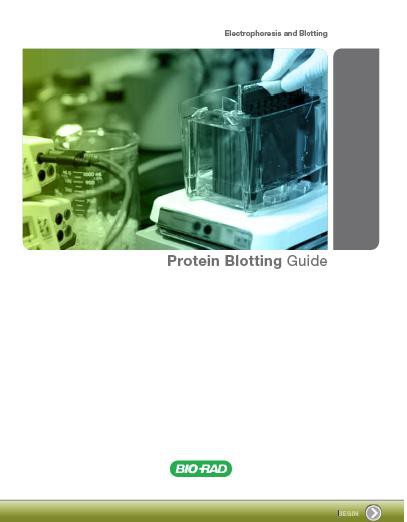The central dogma of molecular biology states that DNA codes for RNA and RNA codes for protein. It was widely understood that because protein is translated from mRNA, the amount of mRNA in a cell would somewhat correspond to the quantity of cellular protein. In a new study out of Notre Dame, scientists have shown that this theory is not always correct. While in many cases mRNA and protein levels do correspond, there are a surprisingly high number of exceptions, demonstrating that the amounts of a particular protein can be controlled by multiple mechanisms.
Bioanalytical chemist Norman Dovichi and molecular biologist Paul Huber identified and measured the levels of about 4,000 proteins, which exhibited patterns of expression that reflect key events during early Xenopus development resulting in the largest data set on developmental proteomics for any organism.
The study was conducted in Xenopus laevis embryos, which is a favored model for this type of research. In Xenopus, development takes place in well-defined stages outside the mother, thereby allowing embryogenesis to be monitored in real time. Additionally, embryos develop rapidly, achieving a nearly fully developed nervous system within four days.
Their results are available open access in Scientific Reports.
Tags: molecular biology, Proteomics















